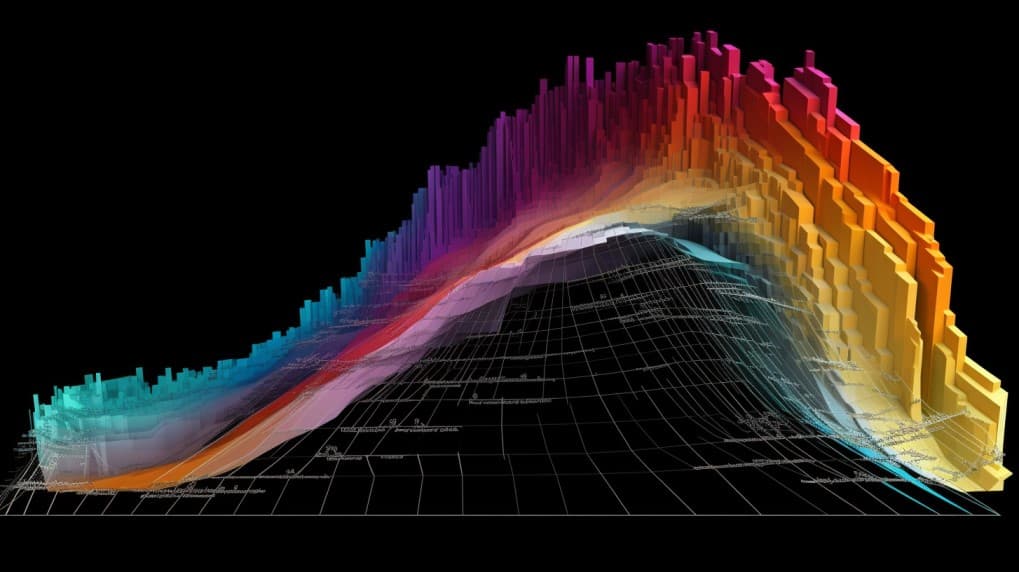
DBA Vs SOIL: Tracking and Exposure
Exchange-Traded Funds (ETFs) have reshaped the investment landscape, offering a diversified approach to exposure across a wide array of sectors and asset classes. In this article, we will embark on a comprehensive comparison between two prominent ETFs: DBA (Invesco DB Agriculture Fund) and SOIL (Global X Fertilizers/Potash ETF). Throughout this analysis, we will delve into essential aspects, including ETF tickers, full names, issuers, sectors, top holdings, capitalization, strategy, tracking, and exposure.
DBA Vs SOIL: Overview
DBA and SOIL are both ETFs with distinct focuses within the agricultural sector. DBA seeks to provide exposure to the performance of a basket of agricultural commodities futures contracts, including corn, wheat, soybeans, and sugar. On the other hand, SOIL aims to track the performance of companies involved in the fertilizers and agricultural chemicals industry. This divergence in investment objectives leads to contrasting risk and return profiles, which will be scrutinized further in the following sections.
DBA Vs SOIL: Sectors and Top Holdings
DBA is centered around a variety of agricultural commodities, and its top holdings include futures contracts on crops like corn and soybeans. In contrast, SOIL focuses on companies engaged in producing fertilizers and agricultural chemicals. Top holdings of SOIL encompass industry giants such as Nutrien Ltd., Yara International, and CF Industries Holdings. Gaining an understanding of the sectors and dominant holdings can significantly aid investors in choosing the ETF that aligns with their investment goals and risk preferences.
 DBA overlap DBA VS SOIL
DBA overlap DBA VS SOIL
DBA Vs SOIL: Capitalization and Strategy
DBA exhibits a substantial asset under management (AUM), reflecting its appeal to investors seeking exposure to the performance of agricultural commodities. SOIL, however, zeroes in on the fertilizers and potash industry, capitalizing on the growth potential of companies within this sector. The divergence in capitalization and investment strategy between the two ETFs generates distinct prospects for returns and risk exposure, necessitating careful consideration by potential investors.
DBA Vs SOIL: Tracking and Exposure
DBA tracks a basket of agricultural commodities through futures contracts, which means its performance is tied closely to the fluctuations in commodity prices. On the other hand, SOIL provides exposure to the performance of companies engaged in the fertilizers and agricultural chemicals industry. Understanding the different tracking mechanisms and exposure strategies helps investors make informed decisions about which ETF is suitable for their investment goals and risk tolerance.
Conclusion
DBA and SOIL offer investors specialized approaches to investing within the agricultural sector. For individuals who seek a deeper understanding of the holdings, correlations, overlaps, and other crucial insights, the ETF Insider platform stands as the ultimate tool. With its user-friendly app, it delivers comprehensive information about these ETFs and various other financial instruments.
Disclaimer: This article does not offer any investment advisory services.
Sources:
Get startedFAQ
Why is DBA better than SOIL?
DBA may be considered better than SOIL for some investors due to its specific focus, offering diversification.
Does SOIL beat DBA?
SOIL's performance relative to DBA will vary over time, depending on market conditions.
Should I invest in DBA or SOIL?
The choice between DBA and SOIL should align with your investment goals, risk tolerance, and desired exposure.
Are DBA and SOIL good investments?
Both DBA and SOIL can be suitable investments depending on individual investment strategies, goals, and risk profiles.
What is the correlation between DBA and SOIL?
The correlation between DBA and SOIL can vary over time, reflecting differences in performance.